Norma is a parent, grandparent, and graduate of the University of Southern Maine. She retired from teaching in 2009 after a long career of teaching children from four to seven years old. When she's not writing books, Norma loves to kayak, garden, antique, and craft. Her children and extended family bring her joy and happiness every day.
My Maine School Bus Driver follows a school bus driver on his route and helps students realize that bus drivers are people, too. It emphasizes the importance of responsibility in helping to keep the bus and its riders safe. Rick Charette, a songwriter and children's entertainer, said that the book "weaves a delightful story about a year in the life of a bus and its driver in a coastal town in the State of Maine. The book features playful illustrations by Norma Salway with an engaging storyline. I absolutely, positively enjoyed this book."
Come join Norma and the Norway Memorial Library for a fantastic Story Time and a chance to hear My Maine School Bus Driver!
| Just Write Books LLC, offers publishing consulting and coaching for writers. JWB uses its proprietary High Point Publishing System with state-of-the-art technology mixed with old-fashioned writing, editing, publishing, and marketing skills to help writers become authors and authors reach their publishing goals. |



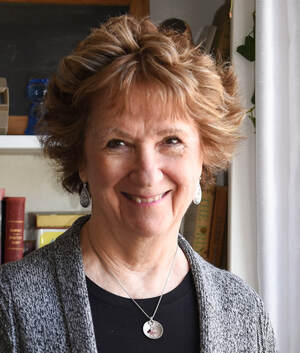












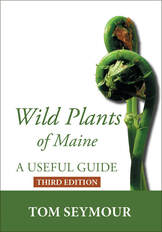

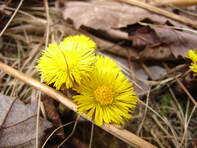

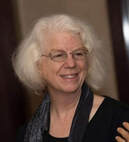

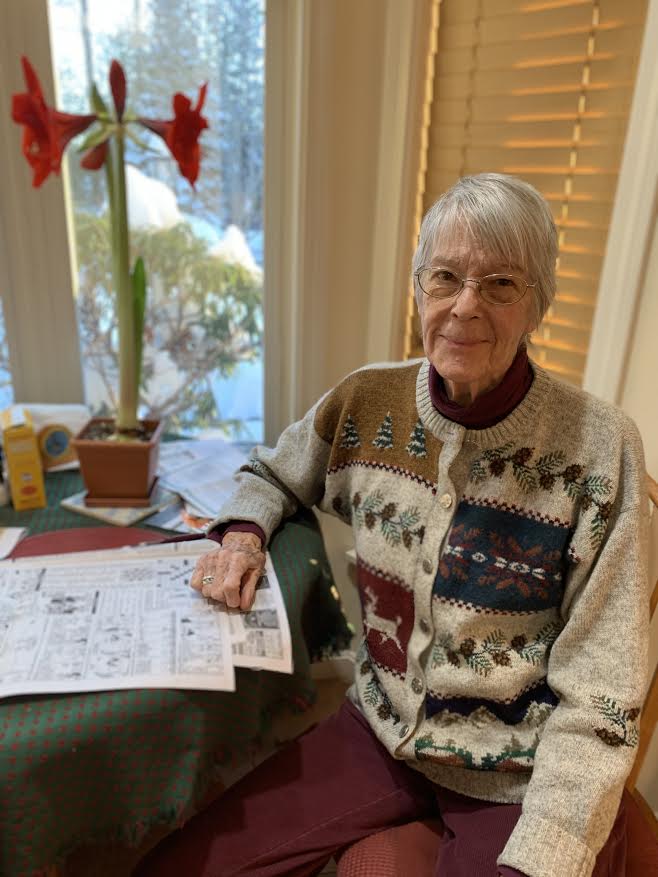


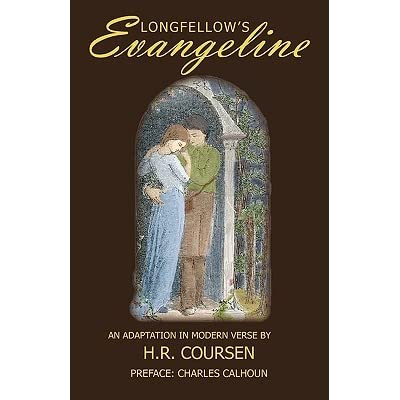

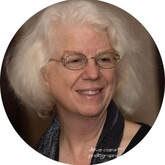


 RSS Feed
RSS Feed
